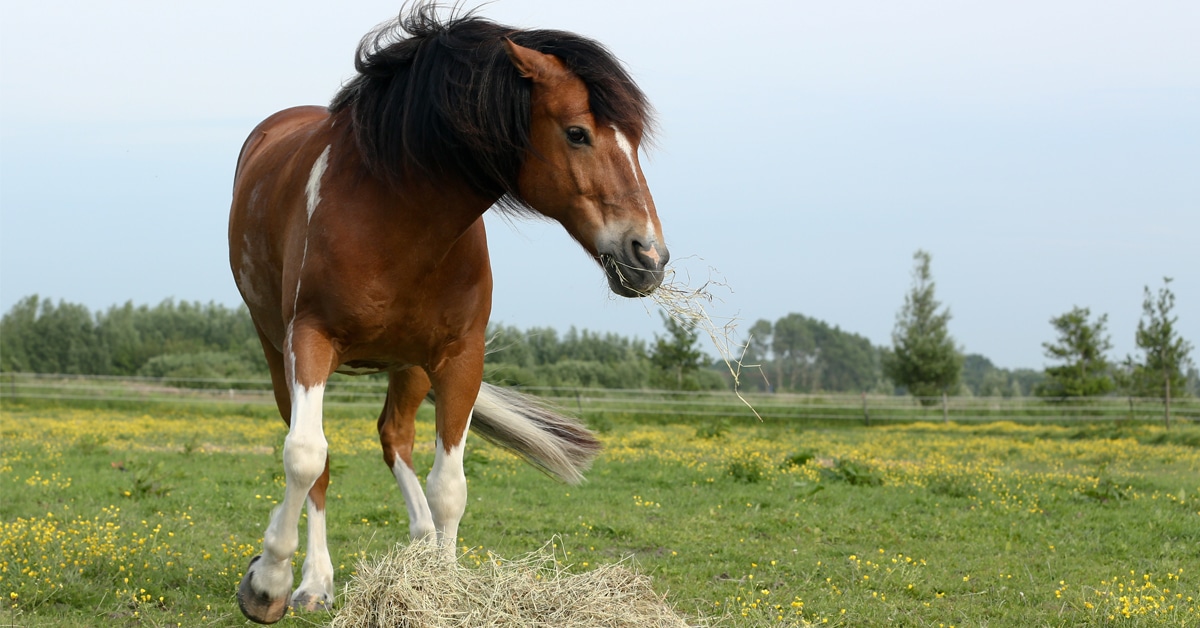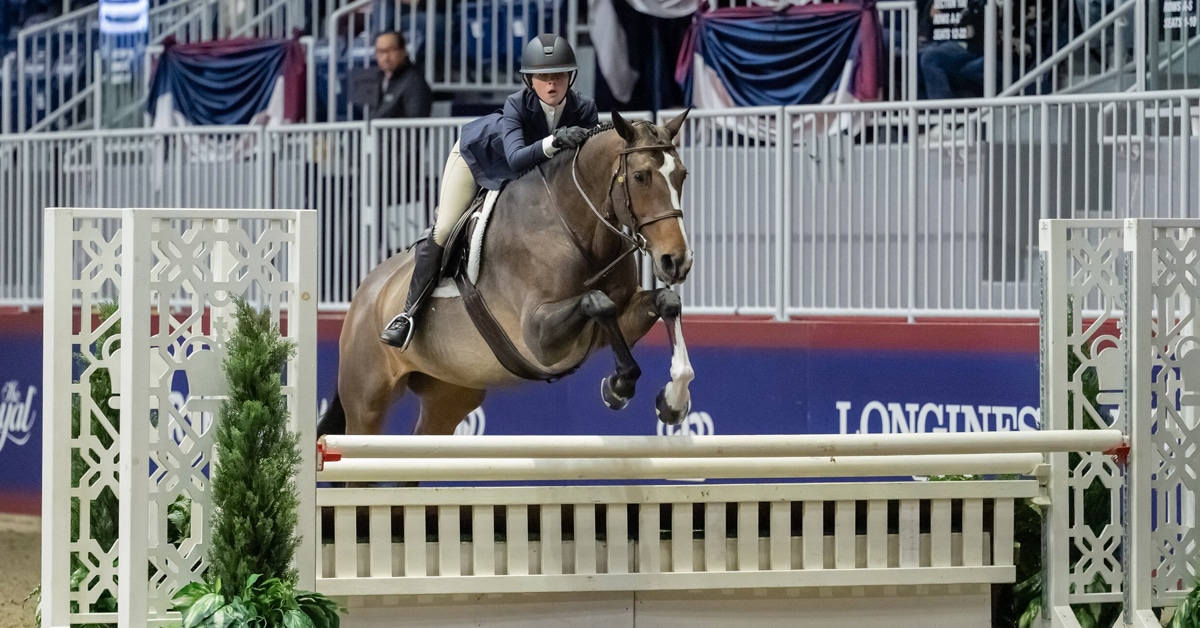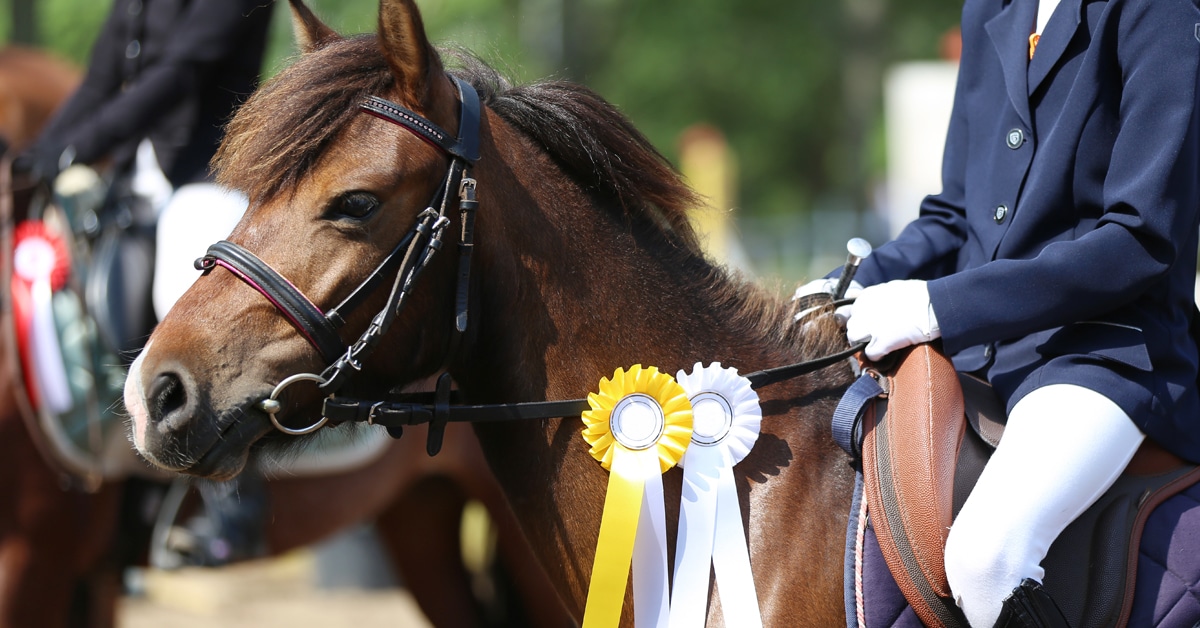Canadian equestrian sport is facing a pivotal moment. Equestrian Canada (EC) is proposing rule changes that would restrict licensed officials from working at provincially sanctioned competitions and would prevent venues from running provincial and EC shows concurrently has ignited debate across the country.

Three voices illustrate the landscape: organizer and rider John Anderson in Alberta, high-performance organizer Keean White in Ontario, and Project & Event Coordinator Gavin Pearson from the Alberta Equestrian Federation. Their perspectives reflect the competing priorities shaping the future of the sport.
The Alberta Model: Building from the Ground Up
In Alberta, a dual-sanction competition system has become a foundational entry point for riders. Rocky Mountain Show Jumping’s John Anderson has used both EC sanctioning and the Wild Rose provincial system, often running them concurrently, as a way to offer certain events at a cost structure that supports emerging athletes while still providing access to national classes and medal programs.
The philosophy is simple: create a system where entry-level riders can gain mileage without the financial burden of national programs.
Provincial sanctioning has allowed Anderson to run large-scale shows with high-standard facilities, experienced officials, and consistent rules while keeping fees manageable. It has also given the province revenue to reinvest in development.
Drug testing, once pointed to as a weak spot, now operates effectively.
“In the last two years the Alberta Equestrian Federation implemented drug testing. Testers even told us our system was better organized than the national program,” Anderson says.
For Anderson, this is about rider choice and fiscal accountability. If a provincial model can deliver quality and athlete welfare at lower cost, he believes riders should have the freedom to choose it. He also questions whether national fees return tangible value to competitors.
“When I run EC shows, I collect fees from exhibitors and send them to EC. I want to know what value riders get for that money,” he says.
His position reflects a business-driven view: innovation and efficiency should be rewarded, and EC should prove its value through service, not mandate.
The National Perspective: Coherence and Credibility
In Ontario, organizer and MLSJ founder Keean White sees the situation through the lens of long-term structural health. He stresses the need for a coordinated national system and warns that fragmenting sanctioning risks weakening the federation that underpins Canada’s competitive structure.
To White, this is not about opposing provincial innovation. It is about maintaining a central authority that has the revenue to support coaching standards, officiating pathways, rules alignment, and national-level infrastructure. If EC loses relevance, he argues, Canada risks losing coherence in its competitive pathway.
“If we kill the Federation, what happens to the sport nationwide?” White asks. “Why are you not supporting your Federation? Why are you not trying to make your Federation stronger? Why are you not trying to give them more capital to work with so they can be successful? I mean, I have my own issues with the Federation, I think there’s a lot more they could do but to undercut them to save the horse show what might be $1500 doesn’t make sense.”
He also notes that supporting official development and uniform standards has value for every level of sport, not only high-performance riders. For him, pulling away from EC to make short-term financial gains risks long-term structural harm.
“I do not think we fix a weak system by abandoning it,” he says.
White’s position is rooted in protecting a unified national framework, even while acknowledging its imperfections.
The Provincial Federation View: Pathways and Practical Realities
Alberta Equestrian Federation’s Project and Event Coordinator Gavin Pearson represents the operational side of grassroots horse sport. His role includes managing Bronze and Silver events on behalf of Equestrian Canada while also supporting the provincial Wild Rose program. Pearson explains that Alberta’s provincial sanctioning is not an attempt to bypass EC. It is a financial and structural necessity.
“Our provincial competition program exists to support grassroots development, so athletes have an accessible and affordable environment to gain experience before progressing to national competition.”
Where the EC Bronze and Silver system relies on national fees and licensing, provincial sanctioning keeps dollars within the province. That matters because provincial federations must fund scoring systems, awards, and drug testing without support from EC.
What an EC-sanctioned show requires for participants and organizers:
- EC sport licence for riders – approximately $80 for Bronze and $215 for Gold per year
- Provincial membership (in Alberta Adult $65/Youth $55)
- Licensed coach requirement ($200)
- Competition levies charged per horse per show – $25 jump levy and $8 medication control levy
- Sanctioning fee paid by the organizer that increases with prize money and sanctioning level
By comparison, Pearson explains that the Wild Rose provincial system requires:
- Provincial membership
- and a $5 AEF levy per entry
“Five dollars funds awards, results, and horse welfare/drug testing. With EC, none of those fees come back to the province to support grassroots sport,” Pearson says.
For a family with multiple riders or a barn with young horses gaining ring mileage, that difference adds up quickly. In many regions, it determines whether riders can afford to compete at all.
Meanwhile, for show organizers, provincial sanctioning can be the difference between running a viable event and cancelling due to low entries.
“Many gold shows rely on dual sanctioning. In Alberta, dressage shows really depend on the dual sanctioning because it allows the event to be financially viable. Organizers want to host an EC gold show, but they also recognize that a lot of their competitors are not interested in national rankings and just want the experience at a competition being judged by qualified judges so they enter a Wild Rose level at the same show,” explained Pearson. “That’s where the dual sanctioning helps these competition managers gain more entries.
Many of the shows struggle to earn enough to make the Gold shows financially viable because they have to bring in more officials plus other assorted additional expenses related to a Gold show. The ability to also offer the Wild Rose event allows them to attract more entries at a more accessible and affordable cost which helps them generate more revenue.”
In addition, the rule changes would also impact the sport’s ability to grow the number of officials. Many young officials begin provincially, yet EC does not currently recognize provincial officiating experience, and the proposed rule limits where officials may work.
“Restricting officials limits their livelihood and their development pathway. We asked to collaborate on a joint pathway. EC told us they did not have capacity at this time,” he says.
Pearson concluded that provincial sanctioning is not a rebellion but a structural base layer that allows riders to start, shows to run, officials to develop, and provinces to reinvest in their communities. Without that foundation, the pathway narrows, and the cost to enter the sport rises.
EC Responds: Why the Federation Says Alignment Matters
From Equestrian Canada’s point of view, the issue at hand is not competition for athletes or control over show formats. It is clarity. The federation says the rule proposal arose because riders, officials, drug testers, and organizers have encountered blurred lines and unintended consequences at events where EC and provincial sanctioning run side by side.
EC points to several risks they believe dual sanctioning creates. These include confusion around which rules apply in a given moment, uncertainty about which insurance policies cover officials and organizers, and situations where horses or riders may be governed by one welfare or safe sport system in one ring and a different one a few feet away.
“The goal is to provide clarity and consistency, not to eliminate PTSO shows. We understand there is a need and place for all levels of show,” said Rachel Hubert Director, Sport Operations.
The federation notes that there have been real-world complications. In one instance, EC drug testers tested a horse that was competing only in the provincial portion of a dual-sanctioned show. The horse later tested positive at a national competition and, according to EC, this highlighted gaps in enforcement consistency and rule jurisdiction.
EC also highlights communication issues around rankings and records. Some competitors have reportedly believed they were earning EC points when they were competing only in the provincial stream at a dual-sanctioned event.
EC reiterates that the rule changes are not meant to discourage provincial circuits. It is meant to reduce uncertainty by eliminating overlap during the same dates at the same venue.
The federation says that officials’ credentialing is also part of the discussion. EC points out that several provinces already certify their own officials, and says the goal is not to restrict development, but to ensure that individuals officiating an event are operating under the appropriate credentials for that sanction level.
The policy was introduced through EC’s standard rule change process, which accepts suggestions from sport licence holders, committees, and staff year-round. Names are not attached to proposed changes during the consultation period, which EC says protects individuals from targeted criticism.
On the financial question, EC says sanctioning fees are not the driver. Competition-related revenue has been stable and is not, they say, materially threatened at this time. They frame the proposal as governance housekeeping rather than economic defense.
“Competition-related revenue has remained stable. Dual sanctioning, done properly, does not represent a material threat to our financial position.”
EC acknowledges that dual sanctioning has potential benefits if structured effectively. To that end, they point to a full competition system review beginning in 2026 that will involve provinces, disciplines, and organizers.
The federation’s argument lands on a principle that is hard to dispute: clear rules, consistent enforcement, and consistent welfare and safe sport standards are foundational to fair competition. The question now is how to achieve that clarity in a sport system that spans ten provinces, multiple disciplines, and a vast range of competitive environments.
A System Searching for Balance
This debate reveals a sport grappling with a shared challenge from different vantage points. Organizers, provincial bodies, and EC all identify the same themes: clarity, access, consistency, and a pathway that serves both grassroots athletes and high-performance goals.
Where the tension remains is not in the intent, but in the delivery. Provinces and organizers have created solutions to support affordability and participation. EC is seeking to ensure clarity, welfare, insurance, and consistent rules. Both priorities matter. The question for leadership is how to align them.
For Canada to thrive, provincial and national systems must reinforce each other rather than compete for relevance. Leadership in this moment is not about choosing one vision over another. It is about bringing the visions together.
Strong federations do not stand apart from their provincial systems. They design the future with them.
***
You can view the proposed changes here and submit your comments here with your EC sport credentials, or email your comments to rules@equestrian.ca
The Latest









